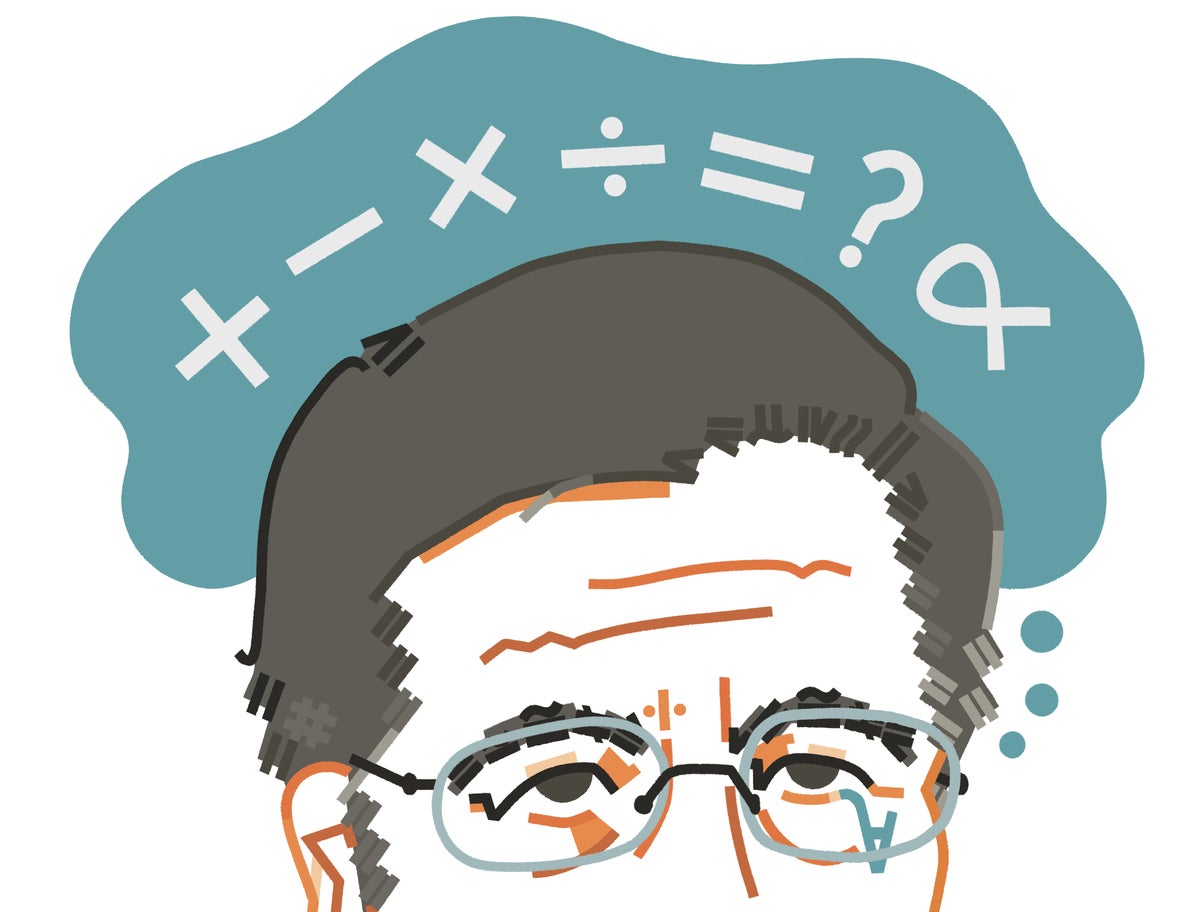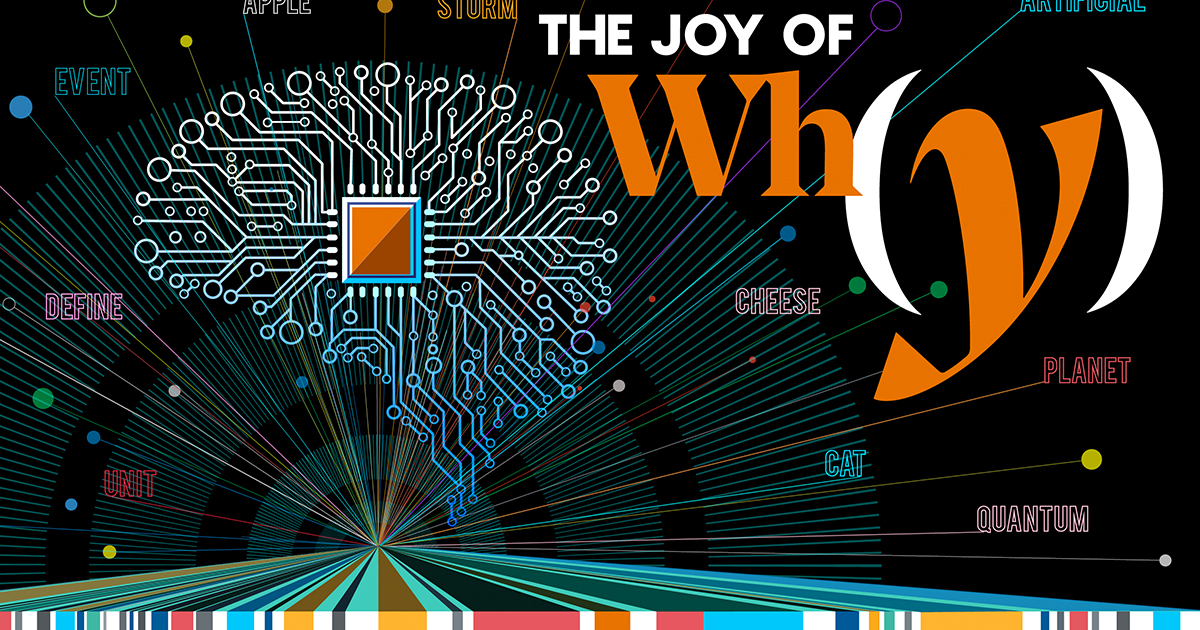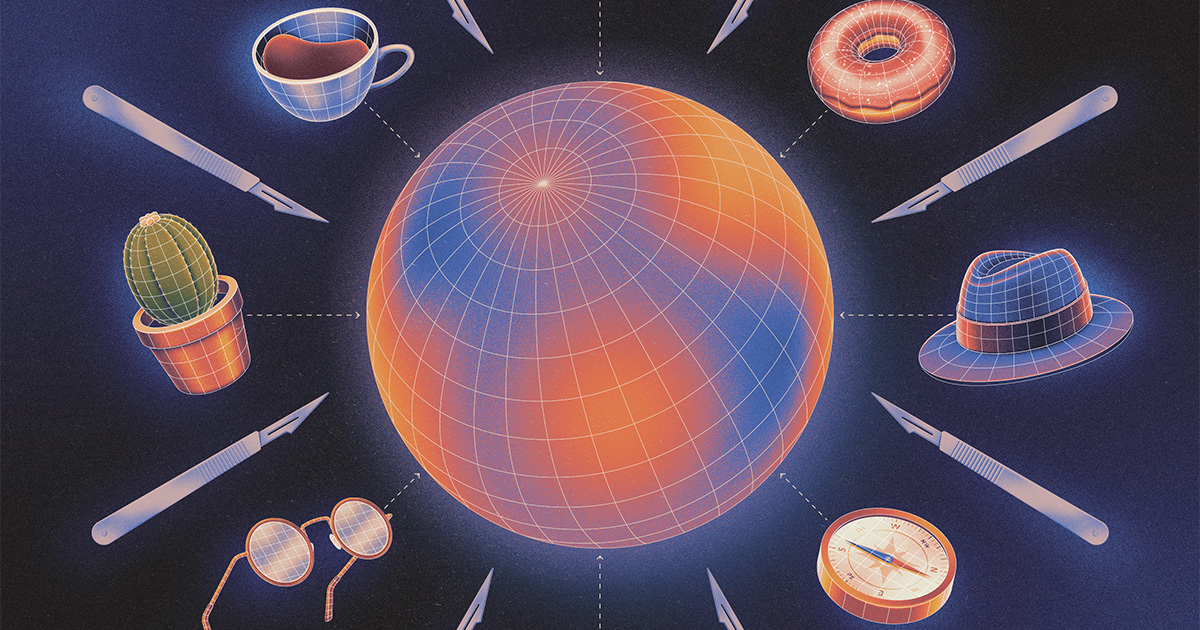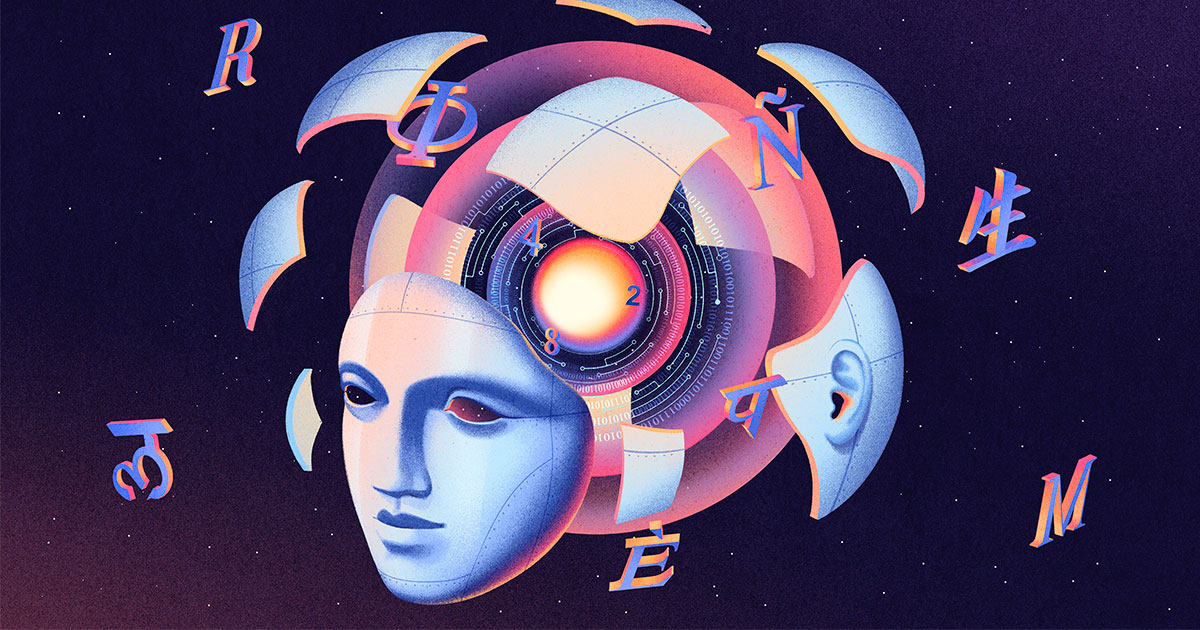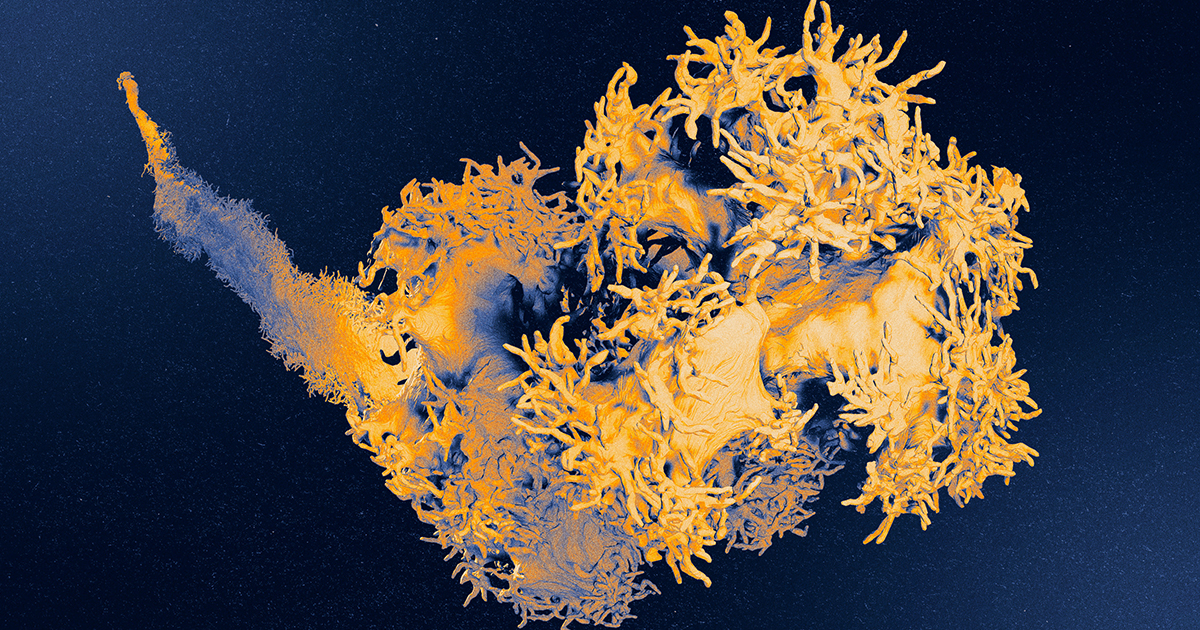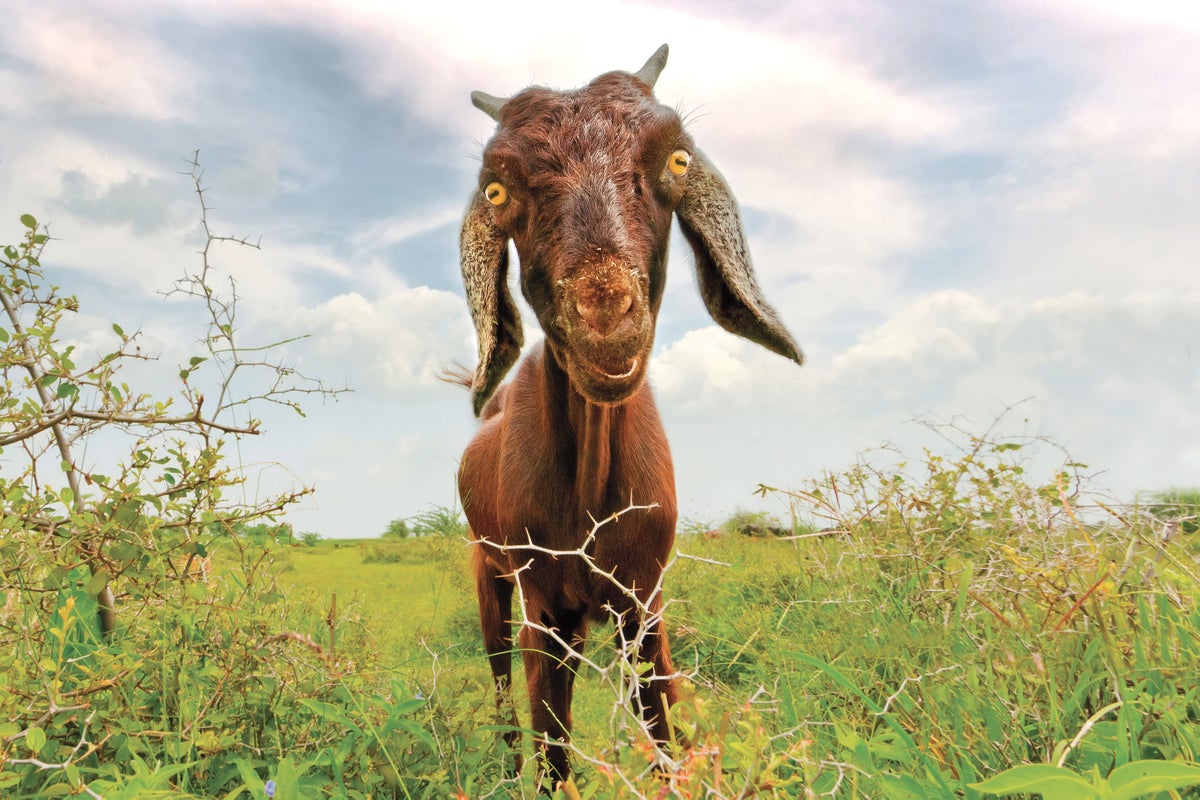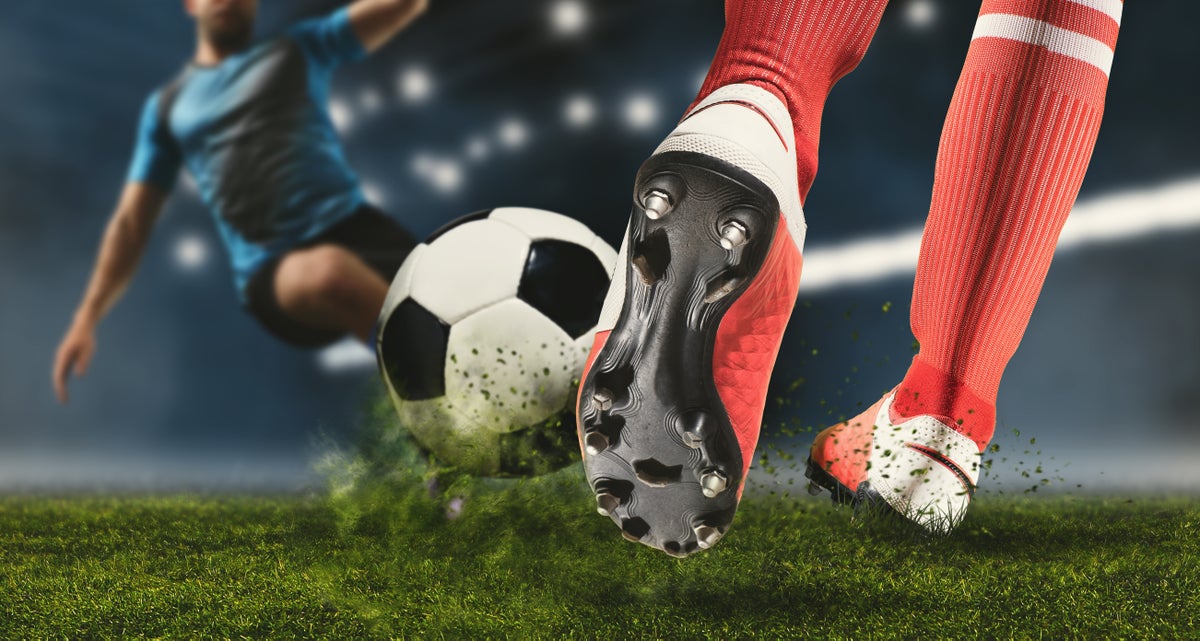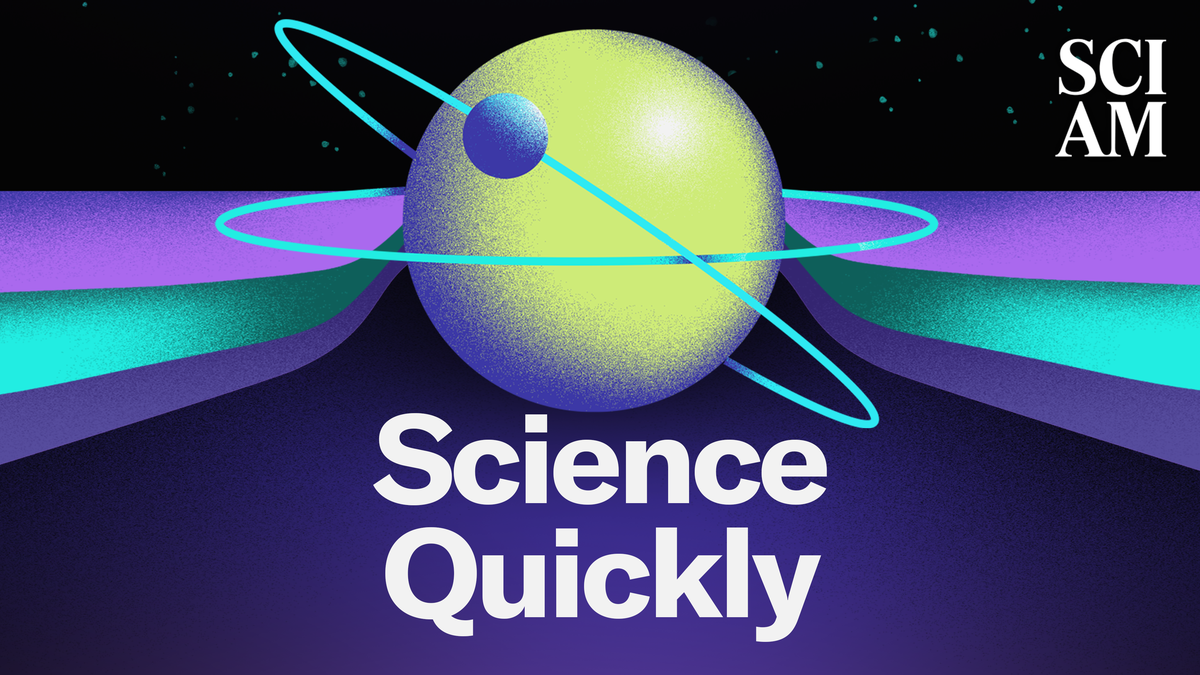War in Europe is a staple topic in the study of history, but there’s one major conflict most history books won’t teach you: the battle of the equal sign, =. These two parallel lines were, in fact, the source of serious dispute among European mathematicians in the mid-1500s. This dispute is just one of many… Continue reading Mathematics + Symbols = a Surprising × Contentious History
Category: Quantum Stuff
Will AI Ever Understand Language Like Humans?
Large language models (LLMs) are becoming increasingly more impressive at creating human-like text and answering questions, but whether they can understand the meaning of the words they generate is a hotly debated issue. A big challenge is that LLMs are black boxes; they can make predictions and decisions on the order of words, but they… Continue reading Will AI Ever Understand Language Like Humans?
Dimension 126 Contains Strangely Twisted Shapes, Mathematicians Prove
It can be tempting to assume that your intuitions about three-dimensional space carry over to higher-dimensional realms. After all, adding another dimension simply creates a new direction to move around in. It doesn’t change the defining features of space: its endlessness and its uniformity. But different dimensions have decidedly different personalities. In dimensions 8 and… Continue reading Dimension 126 Contains Strangely Twisted Shapes, Mathematicians Prove
To Make Language Models Work Better, Researchers Sidestep Language
Language isn’t always necessary. While it certainly helps in getting across certain ideas, some neuroscientists have argued that many forms of human thought and reasoning don’t require the medium of words and grammar. Sometimes, the argument goes, having to turn ideas into language actually slows down the thought process. Now there’s intriguing evidence that certain… Continue reading To Make Language Models Work Better, Researchers Sidestep Language
Touch, Our Most Complex Sense, Is a Landscape of Cellular Sensors
Genetic technologies soon gave him a way to do so. During the first decade of his studies of neuronal development, Ginty amassed a library of genes specific to different touch neuron types. Around 2007, he began genetically engineering mice in which these genes could be used to control particular populations of touch neurons. In each… Continue reading Touch, Our Most Complex Sense, Is a Landscape of Cellular Sensors
Why This AI Gazes into Goat Faces
February 7, 2025 2 min read Why This AI Gazes into Goat Faces AI-based systems can help identify livestock’s early signs of distress By Lucy Tu edited by Sarah Lewin Frasier Nitin Prabhudesai/Getty Images The patient grumbled and grimaced, but he refused to speak to his doctor. The patient was a goat. Recognizing animal pain… Continue reading Why This AI Gazes into Goat Faces
Trump Halts Funding to Build More Electric Vehicle Chargers Nationwide
February 7, 2025 3 min read Trump Halts Funding to Build More Electric Vehicle Chargers Nationwide The Trump administration has halted funding for a $5-billion program that Congress created to help states build out their electric vehicle charging network By Mike Lee & E&E News An electric vehicle at an Electrify America charging station in… Continue reading Trump Halts Funding to Build More Electric Vehicle Chargers Nationwide
Professional Soccer Players May Demonstrate Exceptional Cognitive Control
February 7, 2025 4 min read Professional Soccer Players May Demonstrate Exceptional Cognitive Control Top soccer players demonstrate superlative cognitive abilities for strategizing and situational awareness By Christiane Gelitz & Gary Stix edited by Dean Visser Soccer fans sometimes imagine that they themselves could potentially perform at the highest levels of the sport, just like… Continue reading Professional Soccer Players May Demonstrate Exceptional Cognitive Control
Moon Canyons, Super-Strong Shrimp and Microplastics in the Brain
What We’ve Learned about Superstrong Shrimp, How Deep Canyons Formed on the Moon, and What Bonobos Know In this week’s roundup, we’re reviewing some animal research, the latest on bird flu and the burden of microplastics on our brain. By Rachel Feltman, Naeem Amarsy & Fonda Mwangi Anaissa Ruiz Tejada/Scientific American [CLIP: Theme music]Rachel Feltman:… Continue reading Moon Canyons, Super-Strong Shrimp and Microplastics in the Brain
Coffee Boosts Beneficial Gut Bacterium
February 10, 2025 2 min read Coffee Boosts Beneficial Gut Bacterium Researchers found a strong connection between coffee and the gut microbiome By Maggie Chen edited by Sarah Lewin Frasier The thought of a steaming cup of coffee helps to pull many people worldwide out of bed in the morning. Scientists have consistently linked this… Continue reading Coffee Boosts Beneficial Gut Bacterium
